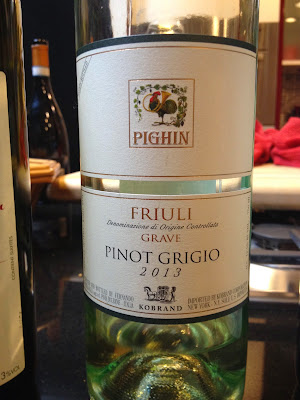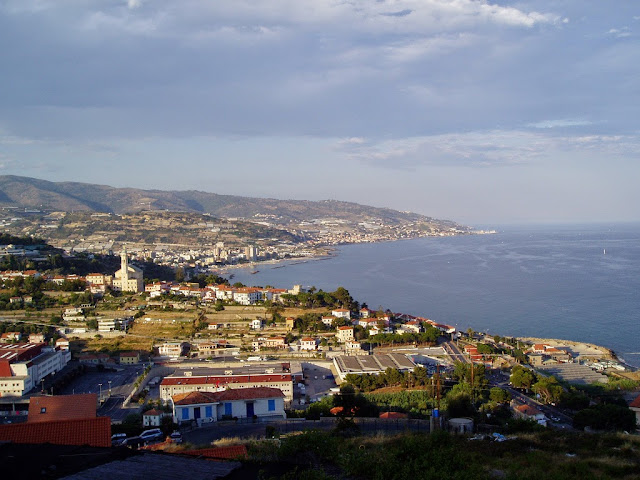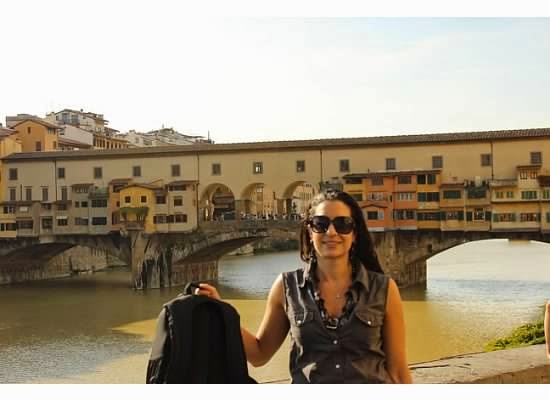I had the pleasure of receiving an invitation and meeting the
President and CEO of Masciarelli Wine Company, Roberta
Masciarelli-Spagnuolo, and her husband, Joseph, at their grand portfolio
tasting at the Boston Harbor Hotel last month. It was a wonderful
presentation of all their wines, but of course I was there to explore
their Italian portfolio and to experience what the many wineries of
Italy had to offer. They had some great obscure grapes from Puglia,
Sardegna and Sicily that I featured on my blog, Vino Travels, along with
some of the most highly respected wines in Italy including Barolo,
Barbaresco, Brunello, Chianti Classico, etc.
 |
| Right to left: Joseph Spagnuolo, Roberta Masciarelli-Spagnuolo and Annamaria Masciarelli |
The Masciarelli
Wine Company is a well-known importer in not only Massachusetts and the
Boston area, but the rest of the country as well as the Masciarelli
brand being known throughout the world. The Masciarelli Wine Company
distributes to 27 states and 31 wholesalers throughout the United
States. The company was founded back in 1987 by Nicola Masciarelli.
Nicola at the time was connecting the roots of their family vineyards in
Italy to the wine importing business in the United States. Today, the
Masciarelli Wine Company has a large presence of Italian wines in their
portfolio covering seventeen of the twenty regions within Italy.
Besides Italian wine, they have a strong presence of French wine as well
making them amongst the top wholesalers of Bordeaux futures in MA. In
addition to their Italian and French portfolio they also import wines
from Spain, Luxemborg, Portugal, Australia, New Zealand, Chile, South
Africa, Uruguay and Argentina. In total the Masciarelli Wine Company
carries over 1000 different labels in their portfolio.
Roberta
and the Masciarelli family have been able to expand the company and
carry on the legacy of what Nicola Masciarelli, Roberta's father,
started years ago. Their philosophy at Masciarelli is to “deal
directly with the winery whenever possible and seek out small estates
producing high-quality wines that would be overlooked in larger
brand-driven portfolios”.
 |
Castello di Semivicoli
|
Masciarelli is also a well
recognized name in the Abruzzo region of central Italy where the family
wineries are located. A variety of grapes are produced there, but the
prominent grapes of this region are montepulciano d'abruzzo and
trebbiano d'abruzzo. The Masciarelli winery was established in 1978 by
Gianni Masciarelli due to the influence and love of winemaking from his
grandfather Giovanni Masciarelli. Gianni began producing wines in 1981.
There are four brands that fall under the Masciarelli brand of wines
to include Marina Cvetic, Masicarelli Classico, Iskra and Villa Gemma.
Today their annual production equals over 2 million bottles. They are
located in 4 provinces within the Abruzzo region including their main
site in Chieti (San Martino sulla Marrucina), Teramo, Pescara and
L'Aquila.  |
Marina Cvetic Masciarelli and family
|
I'll leave with you with Gianni Masciarelli's
quote from his thoughts on the Abruzzo region and his love of wine.
It's a wonderful remembrance of his passion and what makes their wines
special. “However much I love Abruzzo as a whole, this is the place I
would like to live if I were vines. A place rich in historical memories
and tradition. This is where our vineyards have always stood and the
fruits we receive are the authentic expression of this culture. I think
everyone has wondered at least once Why ever did I do this? I find the
answer in the love I have for the land and in the satisfaction my work
gives me.”  |
Gianni Masciarelli
|





























